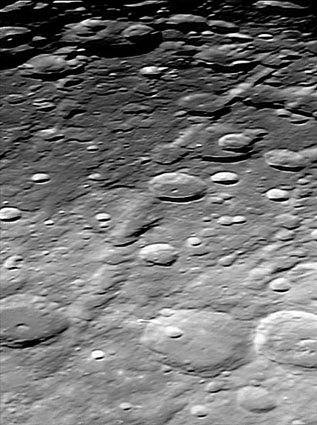Difference between revisions of "November 3, 2004"
| Line 42: | Line 42: | ||
<p align="center" class="main_titles"><b>Author & Editor:</b><br> | <p align="center" class="main_titles"><b>Author & Editor:</b><br> | ||
[mailto:tychocrater@yahoo.com Charles A. Wood]</p> | [mailto:tychocrater@yahoo.com Charles A. Wood]</p> | ||
| − | < | + | <!-- Cleanup of credits --> |
| − | + | <!-- Cleanup of credits --> | |
| − | < | + | <!-- Cleanup of credits --> |
| − | + | <!-- Cleanup of credits --> | |
| − | + | <!-- Cleanup of credits --> | |
| − | < | + | <!-- Cleanup of credits --> |
| − | < | + | <!-- Cleanup of credits --> |
| − | + | <!-- Cleanup of credits --> | |
| − | < | + | <!-- Cleanup of credits --> |
| − | + | <!-- Cleanup of credits --> | |
</td></tr> | </td></tr> | ||
</table> | </table> | ||
Latest revision as of 15:03, 15 March 2015
Looking Down the Chain
Image Credit: Anthony Ayiomamitis |
|
Looking Down the Chain Radiating from Mare Nectaris are a number of linear features, most notably the Rheita and Snellius valleys. These are thought to be basin secondary crater chains resulting from large blocks of rock ejected almost like a ray during the Nectaris impact. Anthony's excellent image looking down the chain showcases a longtime peculiar feature of the Rheita Valley - it bends. And it also seems to change it character - the craters between Rheita and Mallet are about 25 lm wide, but those closer to the limb have average widths of only about 10 km. I wonder if these two different-sized and different angled crater chains were formed by the same event or by separate ones? Technical Details: Related Links: Yesterday's LPOD: Offset Moon Tomorrow's LPOD: Norwegian Ring |
|
Author & Editor: |
COMMENTS?
Register, Log in, and join in the comments.




